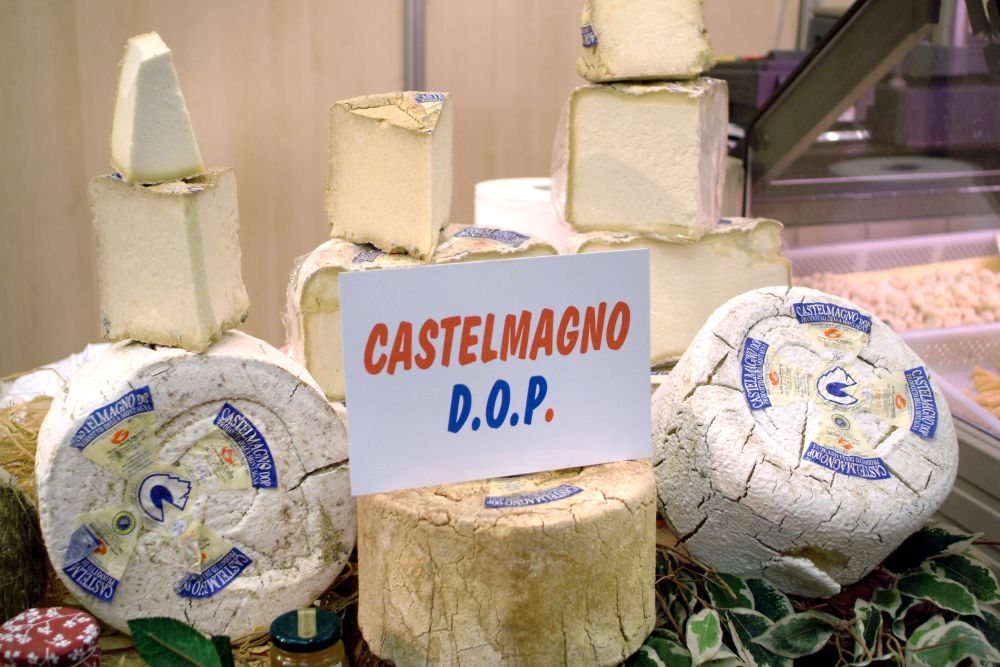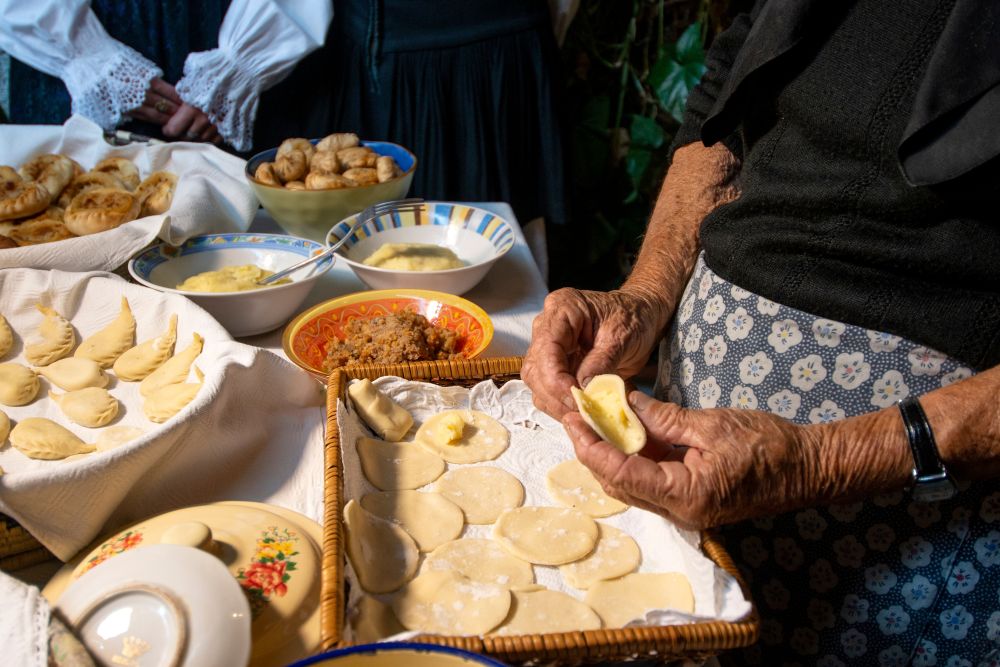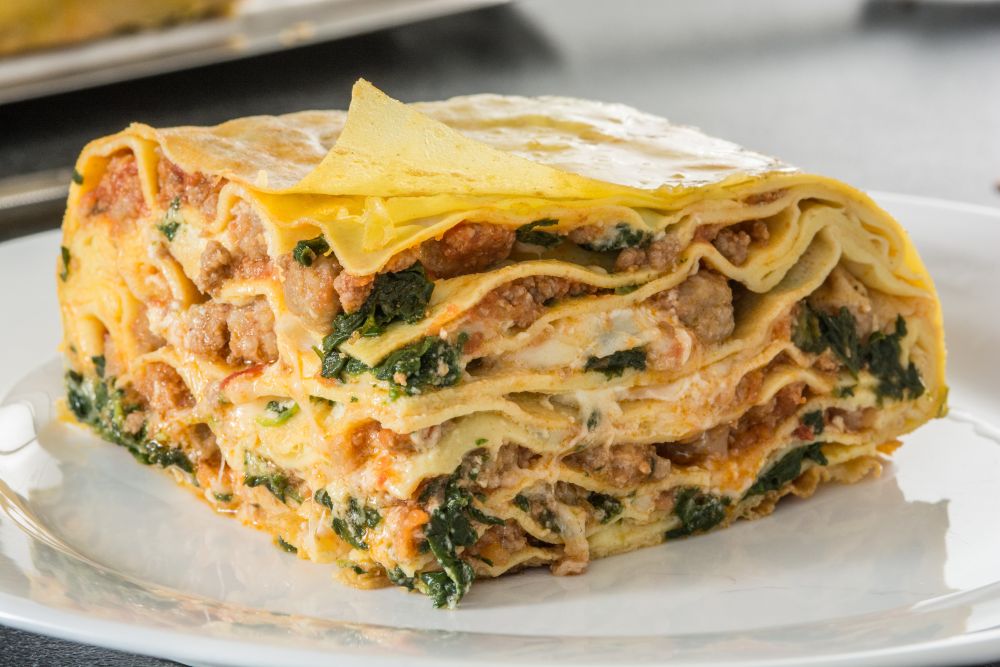
Beyond Pasta: 5 unique Italian dishes that deserve the spotlight
Discover Italy’s hidden culinary gems with IIS.
When most people think of Italian cuisine, dishes like pizza, pasta, and tiramisu dominate the imagination. But these iconic favorites represent only a small slice of Italy’s incredibly diverse culinary landscape.
Each of Italy’s twenty regions boasts its own distinct traditions, ingredients, and flavor profiles—many of which are virtually unknown outside the country. To truly understand Italian culture, you must look beyond the stereotypes and explore these hidden gems.
At Istituto Italiano Scuola (IIS), we believe that learning Italian also means savoring the real Italy—through its language, customs, and yes, its regional cuisines. Our courses and cultural events are designed to immerse students in authentic Italian experiences, including the delicious traditions often overlooked by mainstream media.
Ready to travel through Italy’s lesser-known culinary wonders? Let’s dig in.
1. Castelmagno al forno con miele – Piedmont
In the Alpine region of Piedmont, the tiny village of Castelmagno produces one of Italy’s most unique and ancient cheeses: Castelmagno DOP.
- The Cheese: Semi-hard, crumbly, with a grassy, earthy flavor and hints of blue veining.
- The Dish: Thick slices baked until tender, then drizzled with local mountain honey.
The contrast between Castelmagno’s savory, spicy depth and the sweet floral notes of the honey creates a magical culinary experience.
Local chefs often say this dish represents Piedmont itself: rugged and humble on the surface, revealing remarkable refinement and depth with each bite. In a region known for Barolo wines, white truffles, and hazelnuts, Castelmagno al Forno proudly holds its own as a symbol of regional excellence.

2. Culurgiones – Sardinia
Sardinia’s island isolation has preserved some of Italy’s most ancient culinary traditions, and culurgiones are a perfect example.
- The Pasta: Hand-shaped dumplings, pleated to resemble wheat ears (sa spighitta).
- The Filling: Potato, fresh pecorino cheese, mint, and a hint of garlic.
This intricate pleating is passed down through generations—some families even have distinctive pleating patterns unique to their lineage.
Traditionally served with simple tomato sauce or olive oil and pecorino, culurgiones celebrate Sardinia’s pastoral history, sheep-herding culture, and rich agricultural heritage. Their refreshing mint flavor adds a wild herbal touch that speaks of Sardinia’s windswept landscapes.
Fun Fact: Culurgiones are so prized in Sardinia that they have been awarded IGP (Protected Geographical Indication) status!

3. Timballo di scrippelle – Abruzzo
The mountainous region of Abruzzo is famous for hearty, comforting cuisine, and Timballo di Scrippelle is one of its crown jewels.
- The Structure: Delicate scrippelle (Italian-style crepes) line a baking dish.
- The Filling: Layers of mini meatballs, pasta, chicken livers, hard-boiled eggs, cheeses, and silky béchamel sauce.
Originally influenced by Renaissance noble cuisine, the timballo exemplifies how humble ingredients are elevated through technique and care—a hallmark of Italian cooking.
Today, this spectacular dish remains a centerpiece for special occasions like Easter and large family gatherings. When sliced, it reveals beautiful, intricate layers that tell a story of abundance, festivity, and community.
4. Panelle – Sicily
In Sicily’s vibrant street food culture, panelle reign supreme.
- The Ingredients: Chickpea flour, water, parsley, salt—fried to golden, crispy perfection.
- The Serving Style: Eaten as a sandwich inside a sesame roll called mafalde.
Introduced during the Arab occupation of Sicily (827–1091 CE), panelle reflects the fusion of Middle Eastern and Italian culinary traditions.
Originally a humble food of Palermo’s poor, panelle has become a beloved snack that proves how simple, inexpensive ingredients can create something profoundly satisfying.
Cultural Tip: Pair your panelle with a cold beer or a glass of local Sicilian lemonade for a truly authentic experience.
5. Tortelli Cremaschi – Lombardy
From the elegant town of Crema in Lombardy comes a dish that challenges every expectation about Italian pasta: Tortelli Cremaschi.
- The Filling: A blend of Amaretti cookies, candied citron, raisins, mint, nutmeg, and Grana Padano.
- The Flavor: Sweet-savory and surprisingly addictive.
Instead of the familiar meat or cheese fillings, this unique mixture offers a harmonious balance of sweet and savory, dating back to 16th-century feast days.
Traditionally prepared for the Feast of St. Pantaleone, today Tortelli Cremaschi can be found year-round in local

Experiencing authentic Italian cuisine with Istituto Italiano Scuola
At Istituto Italiano Scuola, we know that language and culture are inseparable. That’s why our approach to teaching Italian goes far beyond textbooks—we invite students to live the culture, including its extraordinary culinary diversity.
Through our:
- Cooking workshops featuring authentic regional recipes
- Food and wine appreciation events
- Cultural immersion classes
…students experience the flavors, stories, and traditions that define Italy beyond stereotypes.
Understanding Italy’s regional cuisines provides a powerful window into the soul of the country, revealing how geography, history, and cultural exchange have shaped distinct local identities.
We invite you to join us at Istituto Italiano Scuola—whether through our language programs, culinary workshops, or cultural events—to discover a deeper, more authentic Italy that continues to inspire and captivate the world.
(The cuisine of a country is its exact civilization.)



